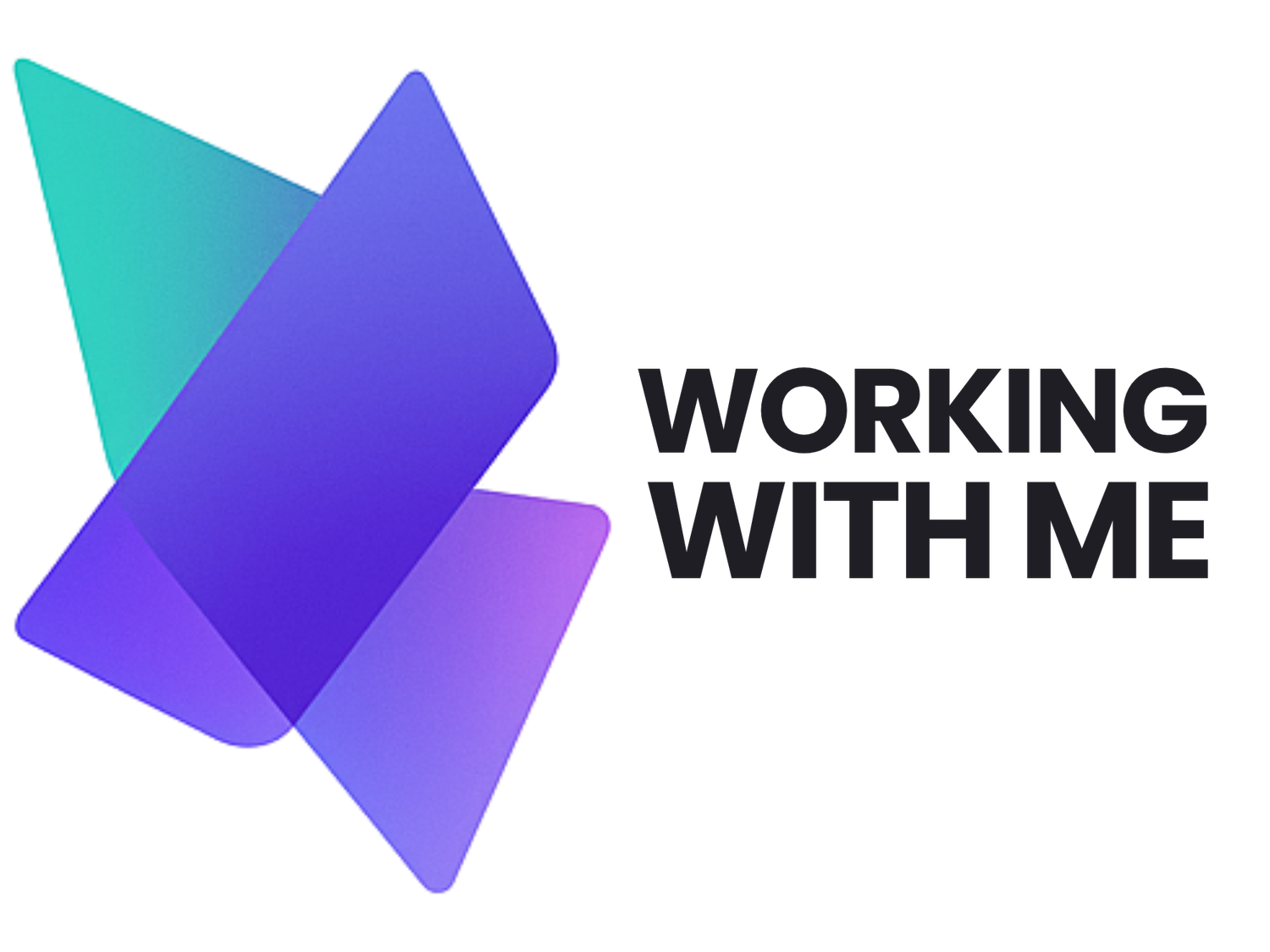Universal design at work: small changes, big impact
Inclusion is often talked about as a value, something to aspire to or promote, and the reality for most teams is that inclusion only gets attention when someone is struggling or when a new hire asks for adjustments. That reactive approach puts pressure on individuals and makes inclusion feel like extra work, rather than a way to work better together.
Universal design offers a different path. It means designing your team’s habits and practices so that more people can participate fully, without needing to disclose personal information or ask for special treatment. Done well, universal design brings clarity, consistency and ease to everyday work, benefiting everyone on the team, especially those who might otherwise find it harder to engage fully.
Here are five simple, practical ways to apply universal design in the day-to-day life of your team.
1. Make the unspoken visible
Every team has unwritten rules, like how quickly to reply to messages, whether it’s okay to switch your camera off, or how direct you can be in meetings. Writing these down as shared agreements takes the guesswork out and gives everyone a common frame of reference. It also removes the pressure to ‘figure it out’ through trial and error.
2. Design your meetings to work for more people
A few simple tweaks can make meetings more accessible and productive for everyone. Share agendas in advance. Make space for written input as well as verbal. Let people know what kind of thinking is needed, whether you're making a decision, generating ideas, or giving updates. Clear structure helps people prepare and participate in a way that works for them.
3. Avoid relying on speed as a signal of competence
Not everyone thinks or responds at the same pace, and that’s not a sign of weakness. It takes confidence to pause, process and speak with care. When teams move too fast, they often prioritise whoever talks first or loudest. Build in space for reflection and follow-up, as it often leads to better ideas and stronger outcomes.
4. Use tools that support different ways of engaging
The best collaboration tools aren’t the flashiest, they’re the ones that make it easier to contribute, track decisions and revisit what was said. That might mean using live docs instead of whiteboards, or shared notes instead of chat threads. The goal is to make it easier for people to follow the conversation and stay involved.
5. Normalise flexibility and transparency
People shouldn’t have to justify how they work best. Whether it’s blocking out focus time, needing clear written follow-up, or switching off camera, these preferences should be part of how the team operates and treated as normal, expected ways of working. The more open your team is about what helps them do their best work, the easier it is to build an inclusive way of working that supports everyone.
You don’t need a huge budget or a policy overhaul to work more inclusively. You just need to look at how your team communicates, meets and makes decisions, and ask whether those systems are working for everyone, or just for some.
Want to design a way of working that includes everyone? Enquire about booking the Working With Me™ approach for your team or arrange a discovery call.
FAQs on universal design in teams
-
Accessibility often focuses on individual adjustments. Universal design aims to build those adjustments into the default, so everyone benefits without needing to ask.
-
Not if you do it well. Most universal design changes actually save time and reduce friction, thanks to clearer agendas, better notes, and fewer misunderstandings. It’s not extra, it’s how things should work in the first place.
-
That’s great, and even inclusive teams have gaps. Universal design helps surface what’s unspoken and build habits that support consistency, not just good intentions.

